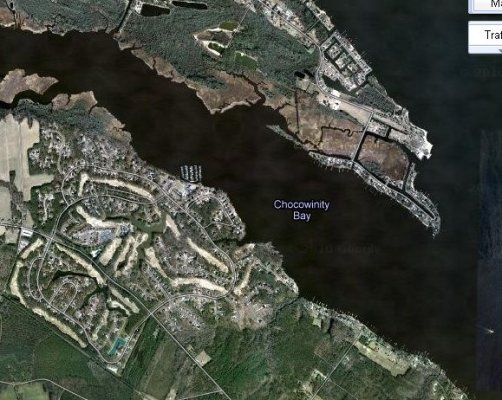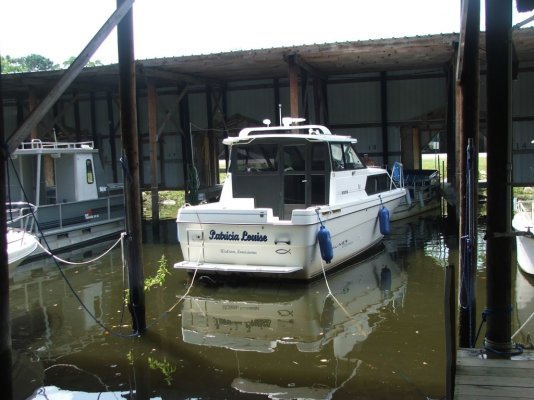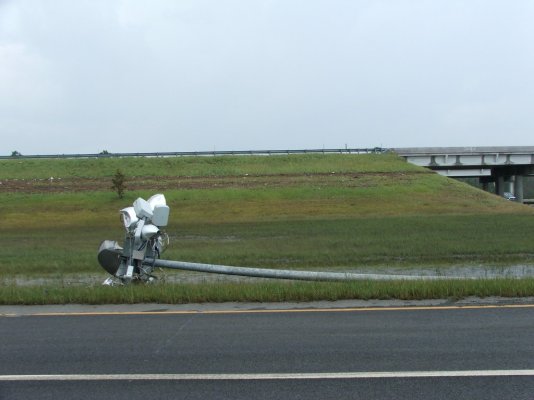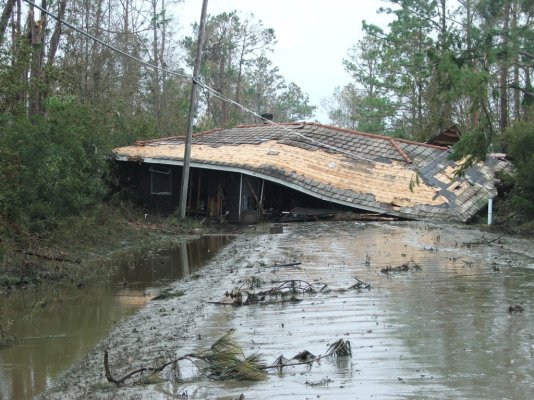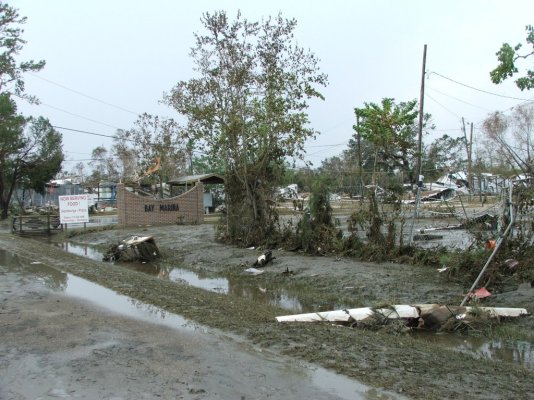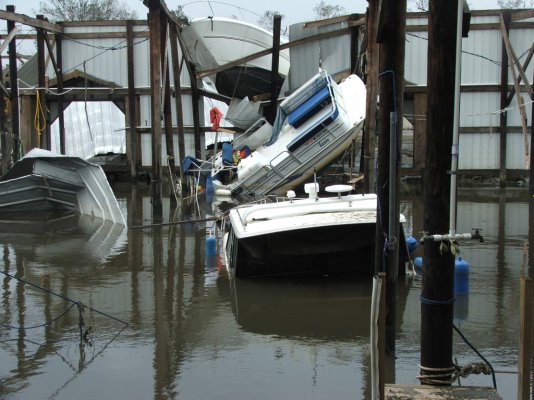Besslb
Guru
Hi Everyone!!*
Tom (Gonzo) and I have been discussing our own hurricane preparedness for the coming season.** It made me wonder, with all of us here on TF all over the US, what are YOUR weather concerns?* What makes you think in your location that you need to go prepare the boat for upcoming weather?* What does bad*weather mean to you, and what do you do to prepare for it?
Just curious!* This should be an interesting topic...or at least I hope it is!
Tom (Gonzo) and I have been discussing our own hurricane preparedness for the coming season.** It made me wonder, with all of us here on TF all over the US, what are YOUR weather concerns?* What makes you think in your location that you need to go prepare the boat for upcoming weather?* What does bad*weather mean to you, and what do you do to prepare for it?
Just curious!* This should be an interesting topic...or at least I hope it is!


